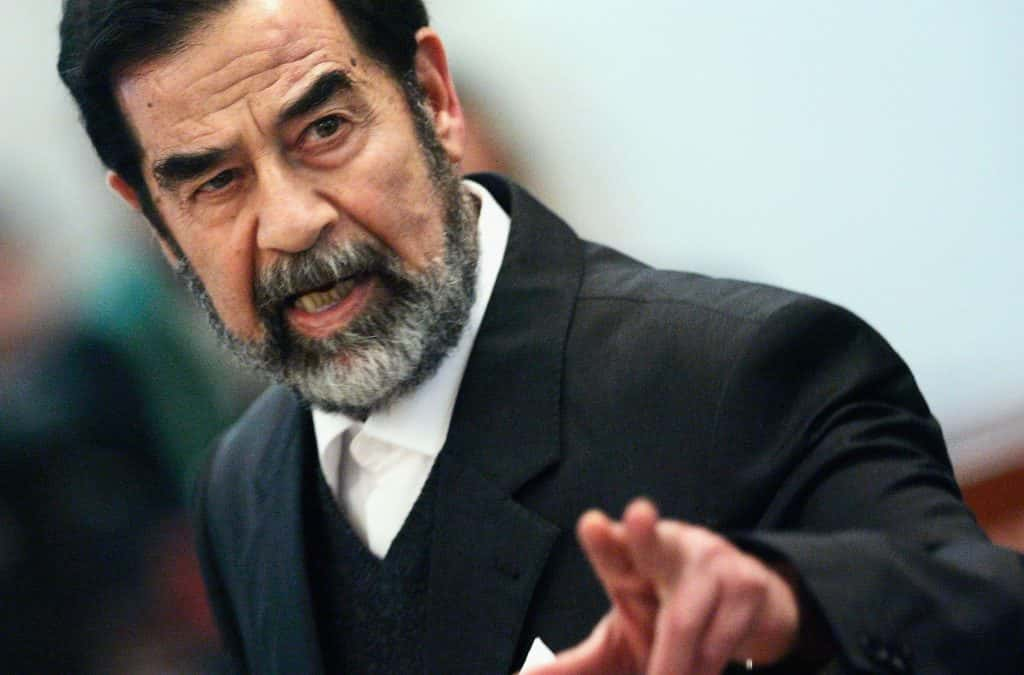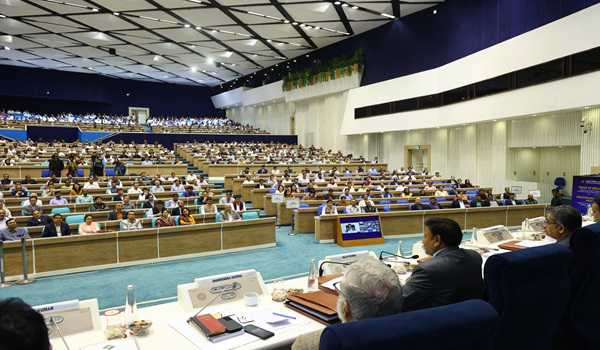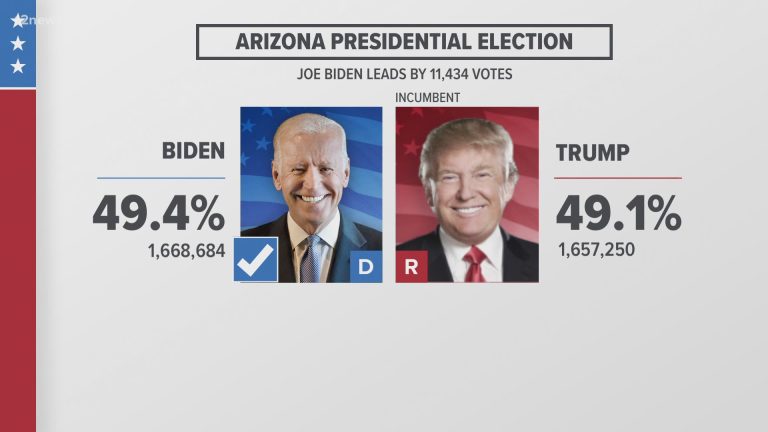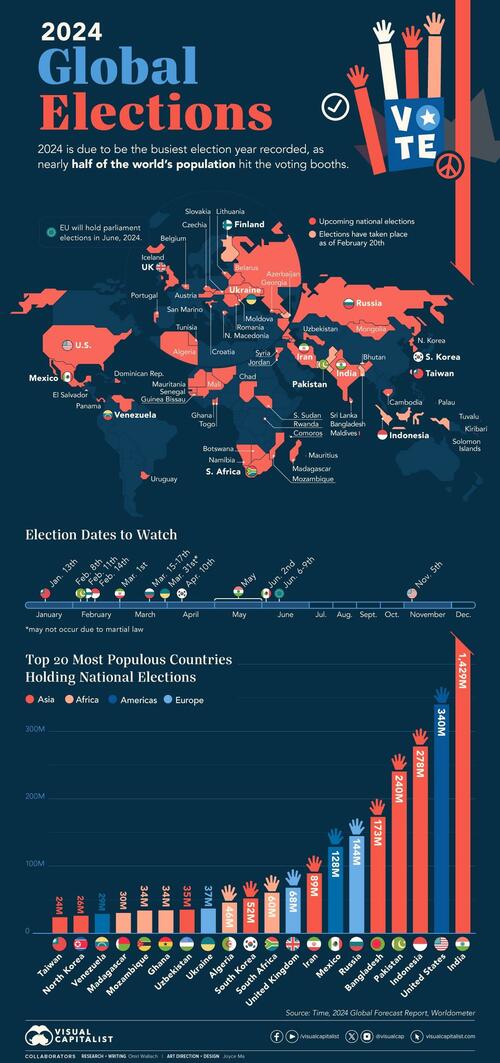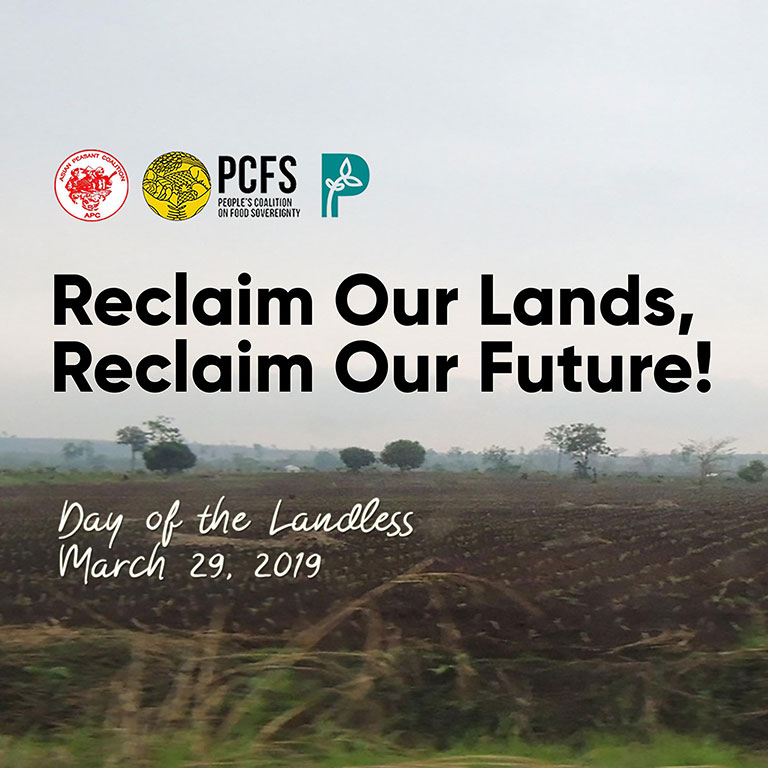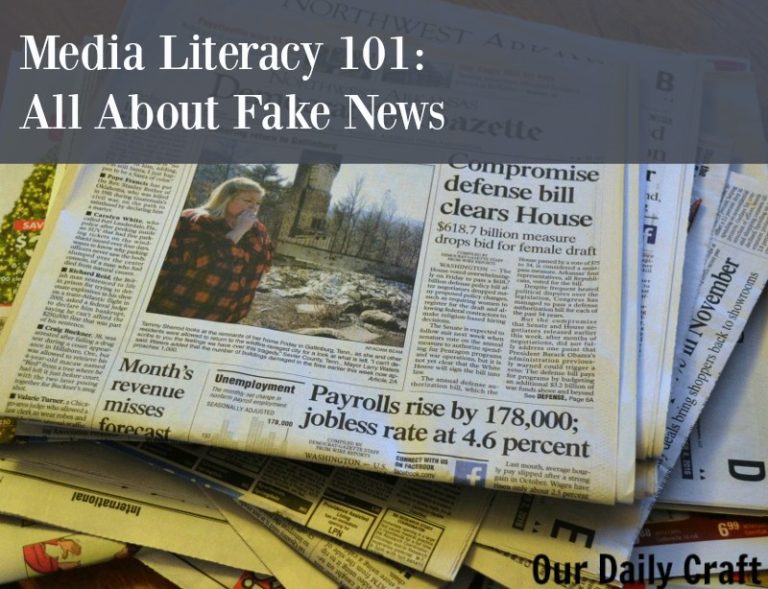
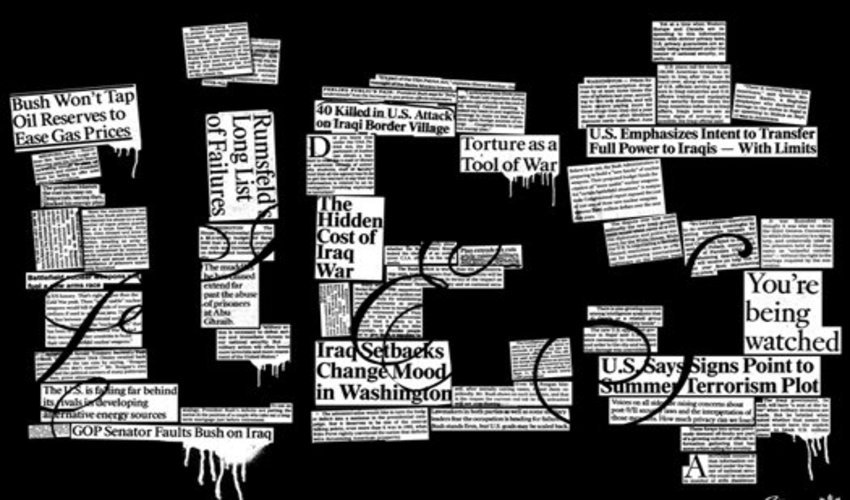
The 5 Biggest Lies the Media Told About the Last Election: A Retrospective
The aftermath of any election leaves a trail of narratives, some accurate, some… less so. The media, acting as both mirror and magnifier of public sentiment, plays a crucial role in shaping these narratives. While striving for objectivity, the inherent biases and pressures of the news cycle can lead to distortions, misrepresentations, and outright falsehoods. This article explores five significant instances where the media’s portrayal of the last election strayed from factual accuracy, impacting public understanding and potentially influencing the outcome.
Note: This analysis focuses on the perception of falsehoods, acknowledging that different interpretations of events exist. The goal isn’t to assign blame, but to examine the impact of media narratives.
1. The “Silent Majority” Myth:
Many outlets projected a massive, silent majority supporting a particular candidate, based on anecdotal evidence and limited polling data. This narrative ignored significant segments of the population whose views were underrepresented in early polling and media coverage. The resulting portrayal fostered a false sense of inevitability, leading to complacency among supporters and discouragement among those who felt their voices were unheard.
| Narrative Element | Reality Check | Impact |
|---|---|---|
| Silent Majority Support | Significant underrepresentation of diverse views | Complacency, disengagement, voter suppression |
2. The “Landslide” Illusion:
Close elections were frequently framed as landslides, exaggerating the margin of victory (or defeat). This distortion, often achieved through selective highlighting of specific demographics or regions, created a skewed perception of the electorate’s consensus. The effect was to downplay the complexity of the election and obscure the nuances of voter motivations.
| Narrative Element | Reality Check | Impact |
|---|---|---|
| Landslide Victory/Loss | Close contest with narrow margins | False sense of mandate, diminished opposition |
3. The “Undecided Voter” Delusion:
The media’s obsession with the “undecided voter” often inflated their actual number and significance. This focus created a misleading narrative of a fluid electorate, suggesting an ongoing contest where the outcome remained uncertain right up to election day. In reality, most voters made their decisions well before the final days, rendering this narrative largely irrelevant.
| Narrative Element | Reality Check | Impact |
|---|---|---|
| Large Undecided Block | Relatively small percentage of undecided voters | False sense of uncertainty, amplified anxiety |
4. The “Social Media Echo Chamber” Exaggeration:
While social media undoubtedly plays a role in shaping political discourse, the media often exaggerated its influence on the election’s outcome. The narrative of an echo chamber, where voters are only exposed to information reinforcing their existing beliefs, oversimplified the complex interplay between traditional and digital media consumption.
| Narrative Element | Reality Check | Impact |
|---|---|---|
| Dominant Social Media Influence | Multifaceted media consumption | Underestimation of other influencing factors |
5. The “Unexpected Result” Shock:
Many outlets expressed genuine surprise at the election’s outcome, painting a picture of an unforeseen event. This narrative, while understandable given the complexities of forecasting, disregarded the accumulating signs and trends that should have suggested a closer contest than initially predicted. This “shock” narrative undermined the credibility of the media’s pre-election analysis.
| Narrative Element | Reality Check | Impact |
|---|---|---|
| Unexpected Election Result | Predictable within a margin of error | Diminished trust in media forecasts |
Conclusion:
The media’s role in shaping public understanding of the election is undeniable. While striving for balanced reporting, the pressures of the news cycle, inherent biases, and the pursuit of captivating narratives can lead to misrepresentations and distortions. A critical examination of these narratives, and a commitment to factual accuracy and nuanced reporting, is essential to fostering a well-informed electorate and a healthy democracy.

Additional Information
Dissecting the “Five Biggest Lies”: A Deeper Dive into Misinformation Surrounding the Last Election
While pinpointing the definitive “five biggest lies” is inherently subjective and dependent on the chosen metric (reach, impact, persistence), analyzing recurring themes of misinformation surrounding past elections offers valuable insights into the nature of election-related disinformation campaigns. This analysis will delve deeper into potential categories of misleading narratives, rather than focusing on a specific numbered list, allowing for a more nuanced and comprehensive understanding.
1. Exaggerated or Fabricated Claims of Voter Fraud: This remains a prevalent theme across many elections. Claims often center around widespread fraud impacting the outcome, even when evidence suggests otherwise. Instead of focusing on isolated instances of irregularities (which occur in any large-scale election), these narratives leverage emotionally charged language to paint a picture of a fundamentally illegitimate election.
-
Analysis: These claims often rely on anecdotal evidence, misinterpretations of statistical anomalies (e.g., unexpectedly high turnout in specific precincts), or outright fabrications. Independent audits and court challenges consistently fail to substantiate claims of widespread fraud significantly altering election results. The amplification of these claims through social media and partisan media outlets poses a significant threat to democratic legitimacy and public trust. Future research should investigate the psychological mechanisms that make these claims so persuasive to certain segments of the population.
-
Case Study: The 2020 US presidential election saw numerous lawsuits alleging widespread voter fraud. These lawsuits were largely dismissed due to lack of evidence. However, the narrative persisted, contributing to the January 6th Capitol riot and ongoing erosion of trust in election processes.
2. Misrepresentation of Poll Data and Predictions: Polling inaccuracies can be amplified and manipulated to create false narratives about the election’s trajectory and outcome. This can include misrepresenting poll margins, selectively highlighting polls favorable to a particular candidate, or ignoring poll methodologies that might explain discrepancies.
-
Analysis: Polling is inherently subject to sampling error and methodological limitations. However, consistently misrepresenting or ignoring these limitations creates a false sense of certainty or uncertainty, depending on the desired narrative. The inherent unpredictability of voter behavior should be acknowledged, but blatant manipulation of poll data undermines informed public discourse.
-
Example: The 2016 US presidential election saw significant discrepancies between pre-election polls and the actual results. While various explanations have been offered (e.g., shy Trump voters, methodological limitations), the misinterpretation and selective use of poll data fueled narratives about a “rigged” election.
3. Selective Reporting and Framing of Events: Media outlets, regardless of their perceived political leaning, can shape public understanding through selective reporting and framing of events. This can involve highlighting certain aspects of a story while ignoring others, using emotionally charged language, or emphasizing narratives that fit a pre-existing agenda.
- Analysis: Media bias is a complex phenomenon. While overt bias is relatively easy to identify, subtle biases in story selection, framing, and language use can be more insidious and difficult to detect. Analyzing media coverage requires a critical assessment of source credibility, the presence of counter-narratives, and the overall context of the reporting. Algorithmic curation on social media platforms further exacerbates this issue, creating “echo chambers” and reinforcing existing biases.
4. Dissemination of Disinformation and Conspiracy Theories: The rapid spread of false or misleading information online is a significant challenge. Conspiracy theories, often lacking evidence-based support, can gain traction and influence public opinion, particularly through social media platforms.
- Analysis: The viral nature of misinformation necessitates a multi-faceted approach to combating it. This includes fact-checking initiatives, media literacy education, and platform accountability. Understanding the psychological and sociological factors that contribute to the spread and acceptance of conspiracy theories is also crucial. The role of foreign actors in spreading disinformation campaigns needs further investigation.
5. Underreporting or Ignoring Crucial Contextual Information: Omitting crucial details or failing to provide sufficient context can fundamentally alter the understanding of an election-related event. This can include neglecting to mention relevant legal precedents, ignoring demographic trends, or simplifying complex political issues.
- Analysis: Contextual information is critical for accurate understanding. Omitting relevant details or oversimplifying complex issues can lead to misinterpretations and flawed conclusions. A responsible media landscape requires a commitment to thorough reporting, including diverse perspectives and nuanced analysis.
Conclusion: Understanding the complexities of misinformation surrounding elections requires a multifaceted approach that goes beyond simply identifying individual “lies.” Analyzing recurring themes, examining the underlying psychological and sociological factors, and exploring the role of media, technology, and political actors is essential for developing effective strategies to combat disinformation and promote informed public discourse. Further research should focus on developing robust methods for detecting, debunking, and mitigating the impact of election-related misinformation.
